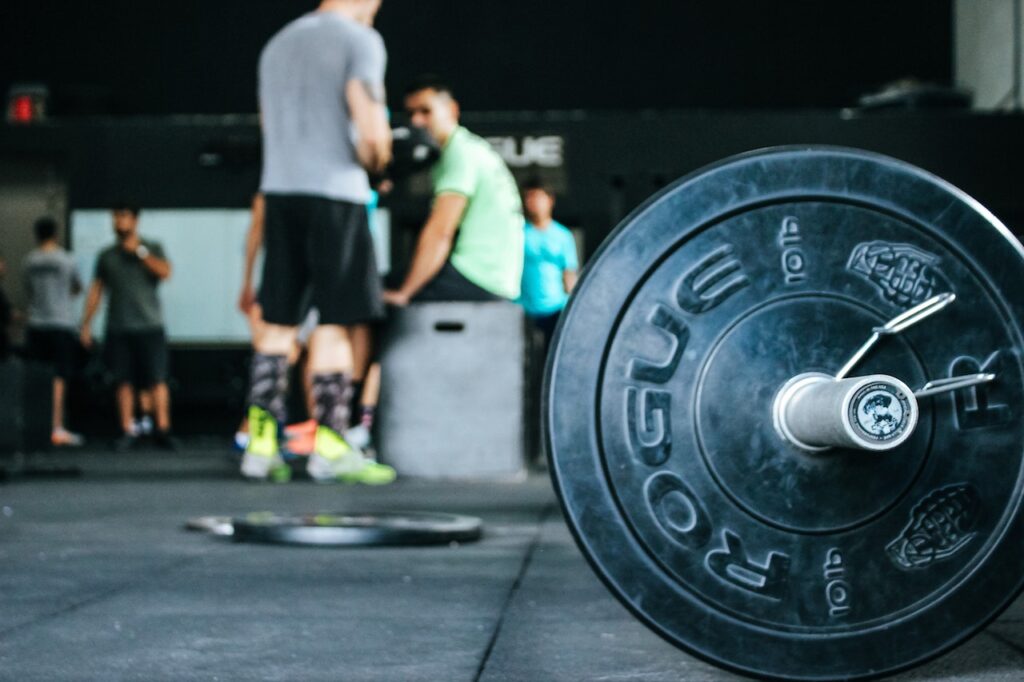Transitioning from gym workouts to home workouts is a trend that’s becoming increasingly popular in today’s fitness landscape. Whether it’s due to convenience, budget considerations, or personal preferences, more and more people are exploring how to maintain their fitness routine without stepping foot in a traditional gym. But how can you make this shift effectively? This article will guide you through the process, offering valuable tips and tricks for a smooth transition.
Setting Up Your Home Gym
The first step in transitioning from a gym workout to a home workout is to set up your own home gym. Here are some key factors to consider:
- Space: Evaluate the space you have at home. A home gym doesn’t require a huge area. A corner of your living room, bedroom, garage, or even a cleared-out closet can work. Remember, the idea is to make the space functional.
- Budget: Determine your budget. Home gym equipment ranges from affordable resistance bands and dumbbells to more costly equipment like treadmills and squat racks. Start with the basics and slowly build your equipment as your budget allows.
- Equipment: Choose your equipment based on the types of workouts you plan to do. For strength training, consider resistance bands, dumbbells, or barbells. For cardio workouts, consider a jump rope or an exercise machine like a stationary bike, if space and budget allow.
Read our article to choose the right home gym equipment for your needs.

Adapting Your Workout Routine
Adapting your gym workout to a home environment might seem challenging, but it’s definitely doable. Here are some tips:
- Bodyweight Exercises: If you’re used to lifting heavy at the gym, consider bodyweight exercises like push-ups, squats, and lunges. They can be just as effective for strength training.
- Resistance Band Workouts: Resistance bands are excellent for simulating many gym workouts. For instance, band pull-aparts can replace cable rows, and banded push-ups can replace chest presses.
- Cardio Exercises: Instead of a treadmill or elliptical, incorporate high-intensity interval training (HIIT) into your routine. Exercises like jumping jacks, burpees, and mountain climbers can get your heart rate up.

Home Workout Challenges and How to Overcome Them
Transitioning to home workouts isn’t without challenges. Here are some common ones and how to overcome them:
- Motivation: Without the energizing atmosphere of a gym, it might be hard to stay motivated. Overcome this by setting regular workout times, following online workout classes, or recruiting a workout buddy to join you virtually.
- Distractions: At home, distractions are plenty. Make your workout time ‘me time’. Make it clear to family members or roommates that you should not be disturbed during this time.
- Progress Tracking: Without gym equipment, tracking progress might seem tough. Overcome this by tracking your ability to do more reps, lift heavier weights, or complete the same workout in less time. This shows your strength and endurance are improving.

Fitness Apps and Online Workout Programs
In today’s digital age, we are blessed with an array of fitness apps and online workout programs that can guide our home workouts. These platforms offer structured workout routines, instructional videos, and even personalized workout plans. For example, apps like MyFitnessPal can help with tracking progress and nutritional intake, while platforms like Peloton Digital, Nike Training Club, or Fitbit Premium offer a wide range of workouts for all fitness levels. Choosing one that suits your goals and preferences can take your home workouts to the next level.

Motivation and Goal Setting for Home Workouts
Maintaining motivation when working out at home can be challenging. Setting clear, measurable fitness goals is one way to stay on track. Whether it’s losing weight, gaining muscle, or increasing your cardiovascular fitness, having a specific goal can provide direction to your workouts and keep you motivated.
Tracking your progress is also crucial. Seeing improvements over time can be a great motivator. Use a fitness journal or an app to keep track of your workouts and progress. Celebrate your victories, no matter how small, and remember that consistency is key to long-term success.
Ready to create your dream home gym? Get started with our comprehensive guide.
Nutrition Tips for Home Workouts
Just as important as your workout routine is your nutrition. Maintaining a healthy diet can support your home workouts and help you reach your fitness goals. Here are a few tips:
- Balanced Diet: Ensure your diet includes a balance of protein, carbohydrates, and healthy fats. This can support muscle recovery and growth, provide energy for workouts, and keep you feeling satisfied.
- Hydration: Stay hydrated before, during, and after workouts to support optimal body function.
- Post-Workout Nutrition: Consuming protein and carbs post-workout can aid in muscle recovery and replenish energy stores.

